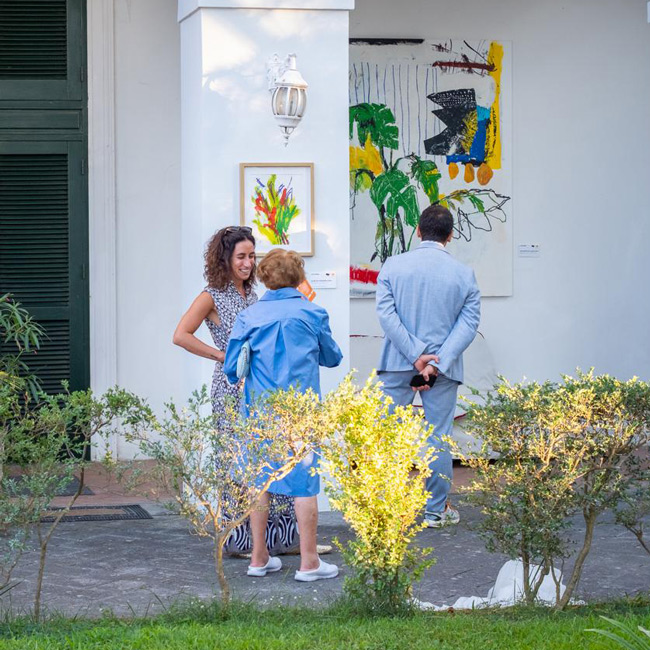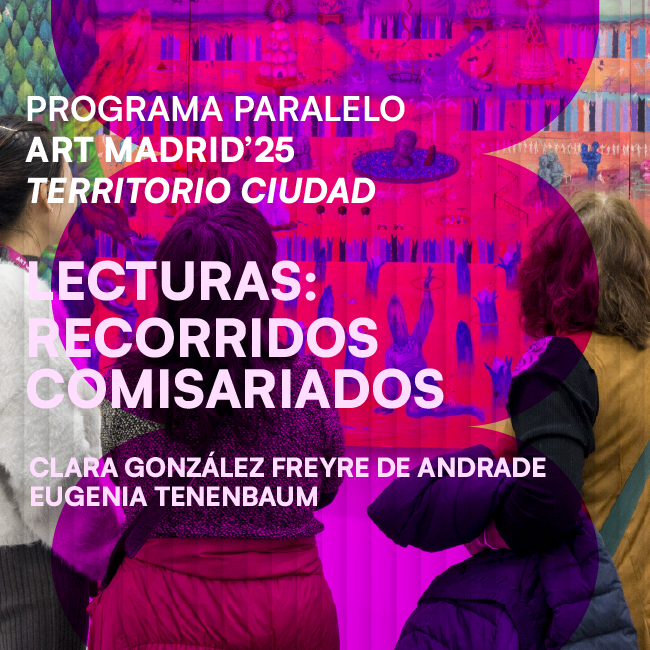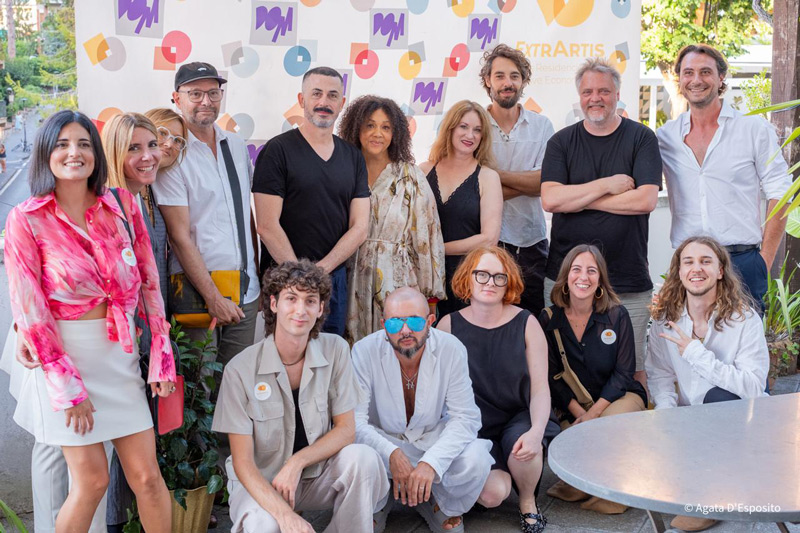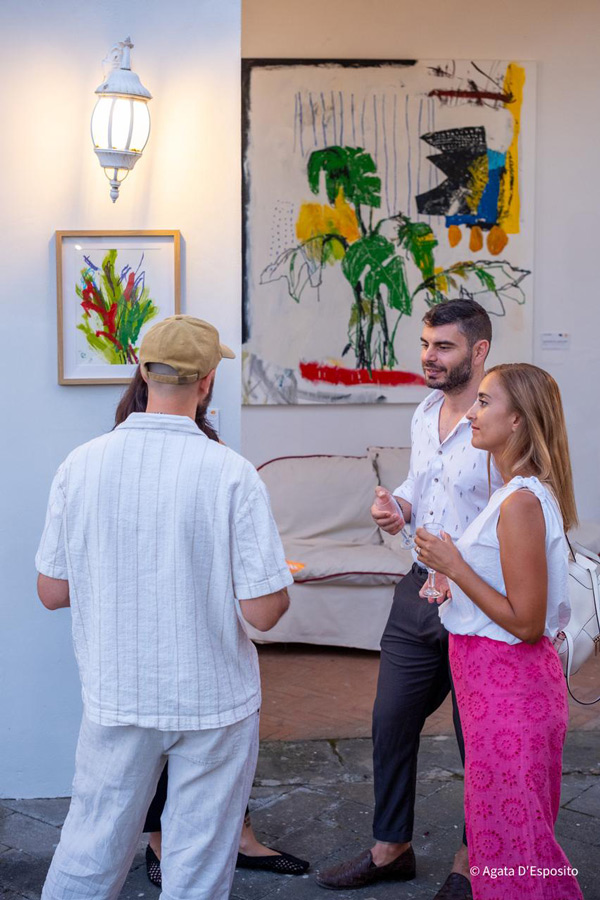THE ATEMPORALITY OF REGINA GIMÉNEZ
Dec 5, 2016
exhibitions
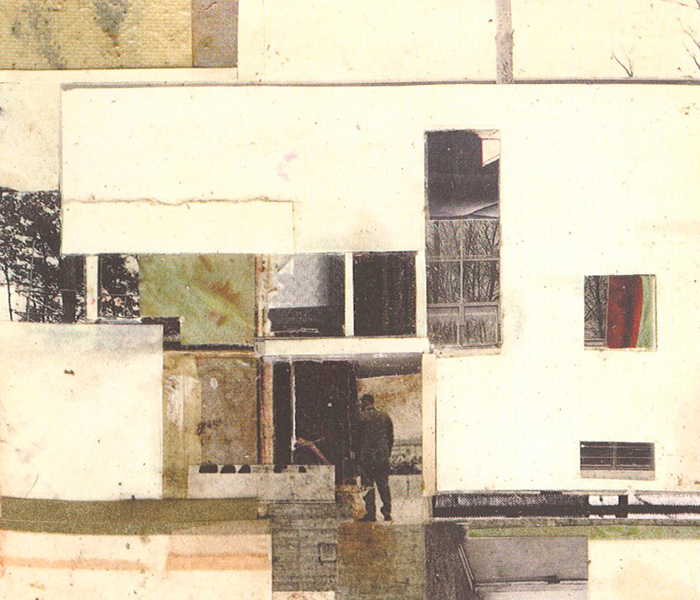
At home Walter, 2004. Painting, collage on wood
Regina Giménez (1966) born in Barcelona in the mid 60's was born in a world between the imaginary and the real world. Always referring to objects that convey a feeling of loneliness and lead to an introspective journey towards the infinite. Terran balloons, boats or lighthouses, feed that intimate feeling that suggests the loneliness of life in the city. Its main creation are showcases that show a philosophy of postindustrial and consumer life.
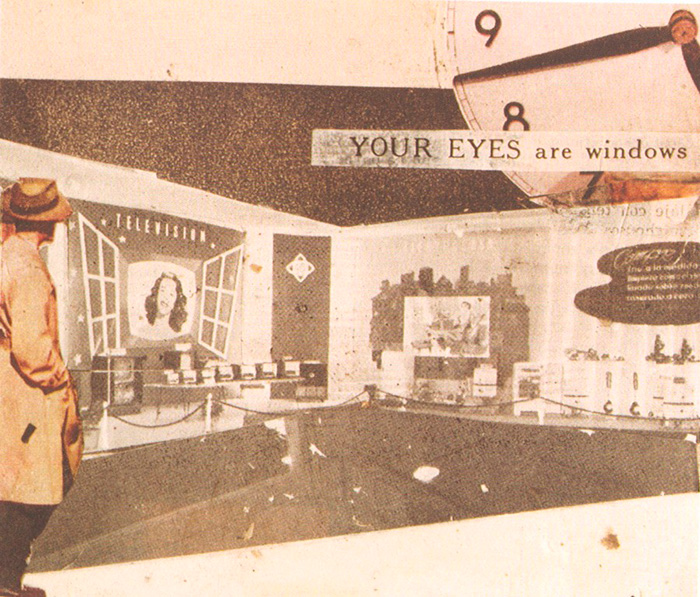
Your eyes are windows, 2002. Painting, collage on wood
His collages combine artisan soul with photographic technique. This metaphor on the duality of nature with the urban world are unified in architectures of almost abstract landscapes. The narrative plots within his works, attracting the vintage aesthetics, his iconography and his poetic soul are the transport to that past so near today. The filmmaking of the 40's are also very present in the work of the artist. The free interpretation is the script for the reading of these works.
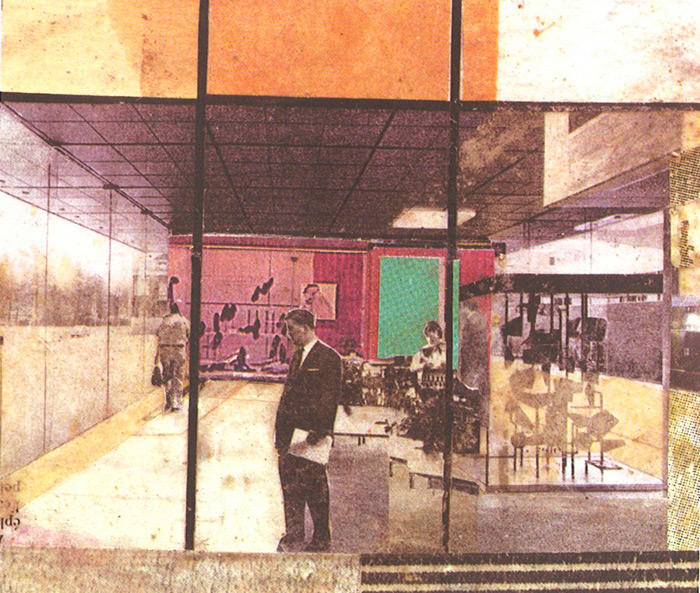
La boutique aux trovailles, 2004. Painting, collage on wood
This exhibition suspends the visitor in time, the timelessness, is a resource very studied by Regina. The ocher and not very intense tonality reminds us of photographic techniques used in the 50's, classic and careful typography reminds us of decades frozen in time. We continue with the intimate idea and a rather desolate stage. The static figures try to appear dynamic but at the same time they feel frozen. Midway moves and abandoned places are the common denominator of these collages.
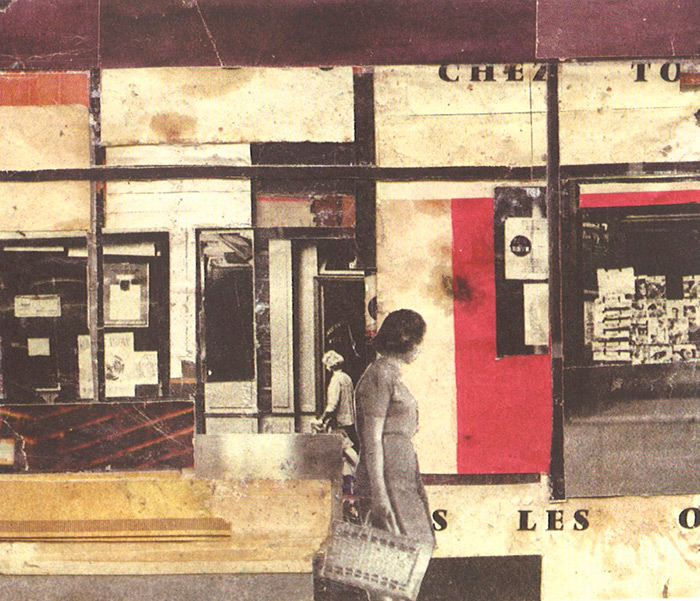
Chez Tou, 2003. Painting, collage on wood
The warm color contrasts with the coldness of past times. Homesickness and melancholy travel the visitor's soul when he visualizes them. Many of these works are clear winks to artists as well known as Miró, this once again demonstrates the artistic knowledge of the artist and her ability to simulate her own creation. This virtual exhibition can be visited at the VIRTUAL ART MUSEUM OF ART CONTEMPORANI CATALA in Barcelona. This is a positive experience of enjoying a distance exhibition.

